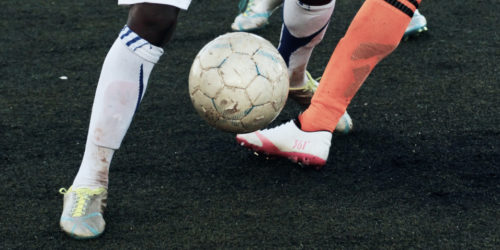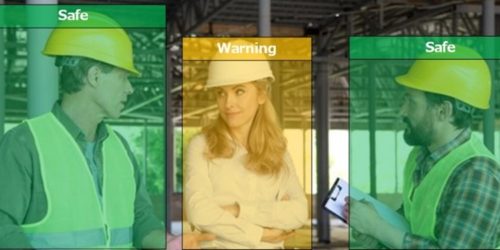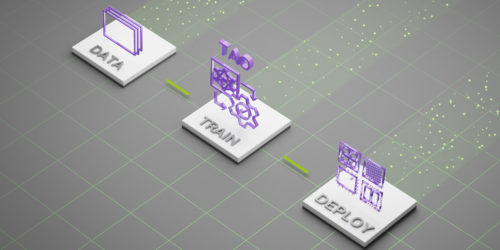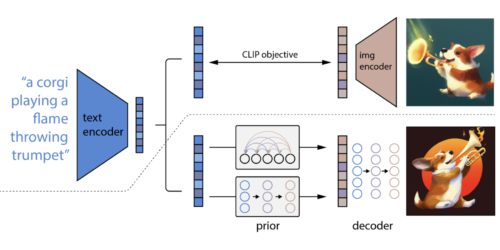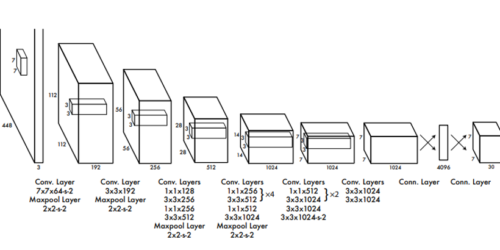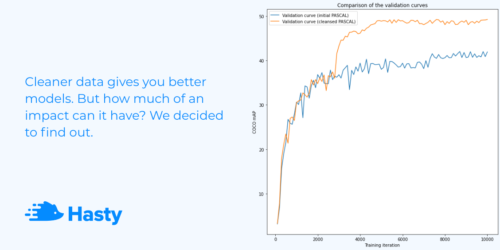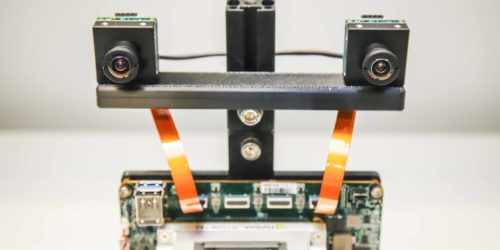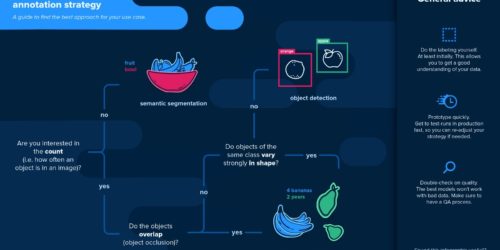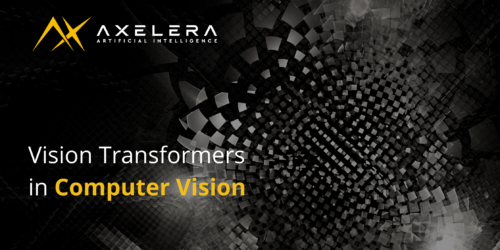The Guide to Fine-tuning Stable Diffusion with Your Own Images
This article was originally published at Tryolabs’ website. It is reprinted here with the permission of Tryolabs. Have you ever wished you were able to try out a new hairstyle before finally committing to it? How about fulfilling your childhood dream of being a superhero? Maybe having your own digital Funko Pop to use as […]
The Guide to Fine-tuning Stable Diffusion with Your Own Images Read More +


